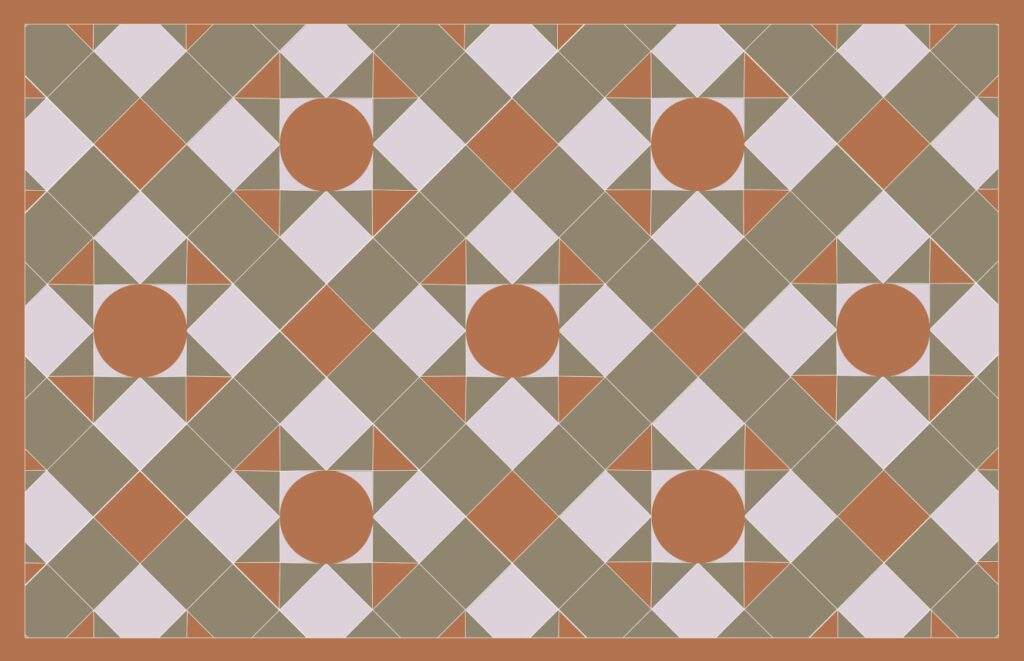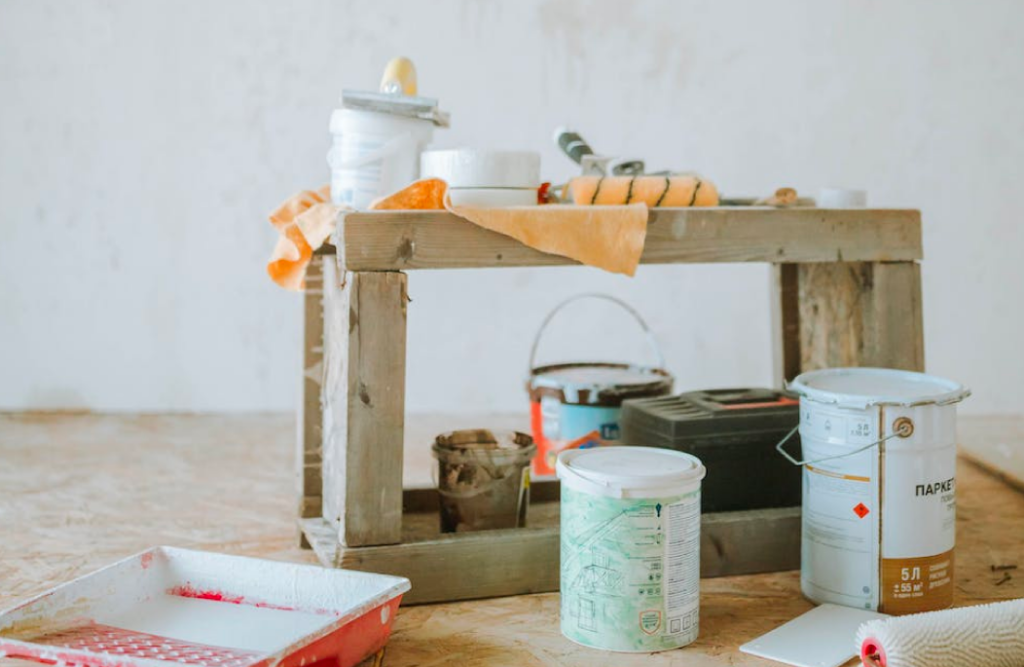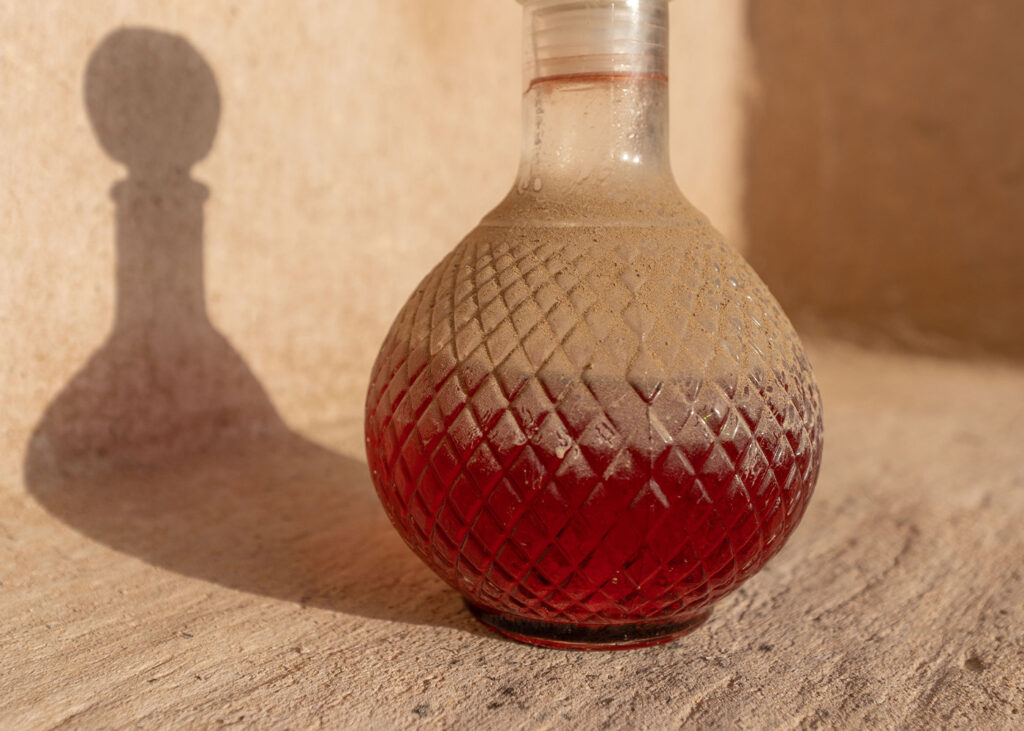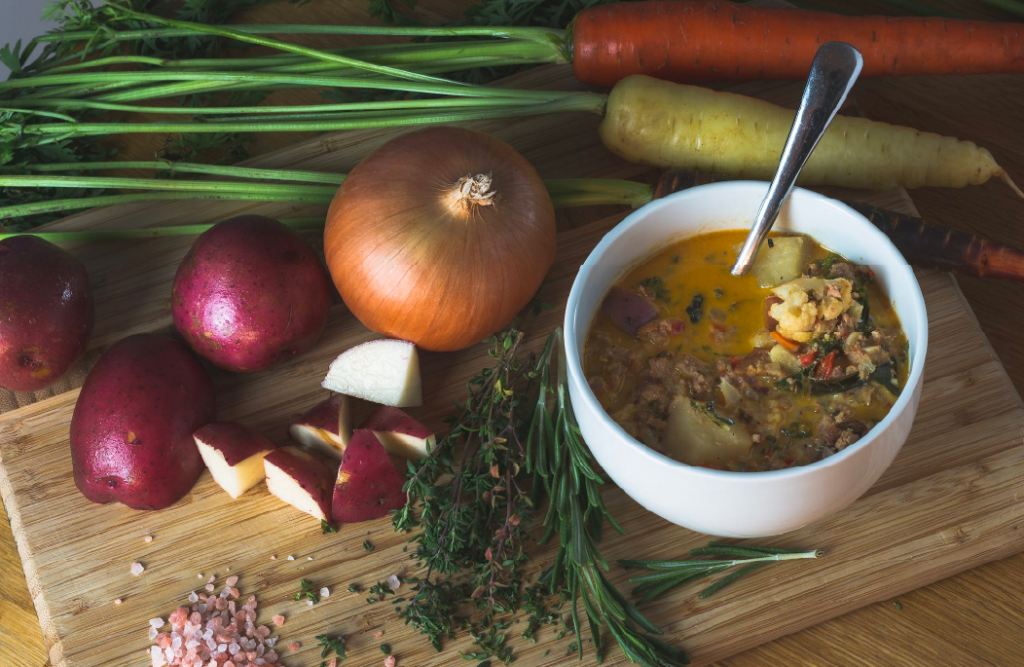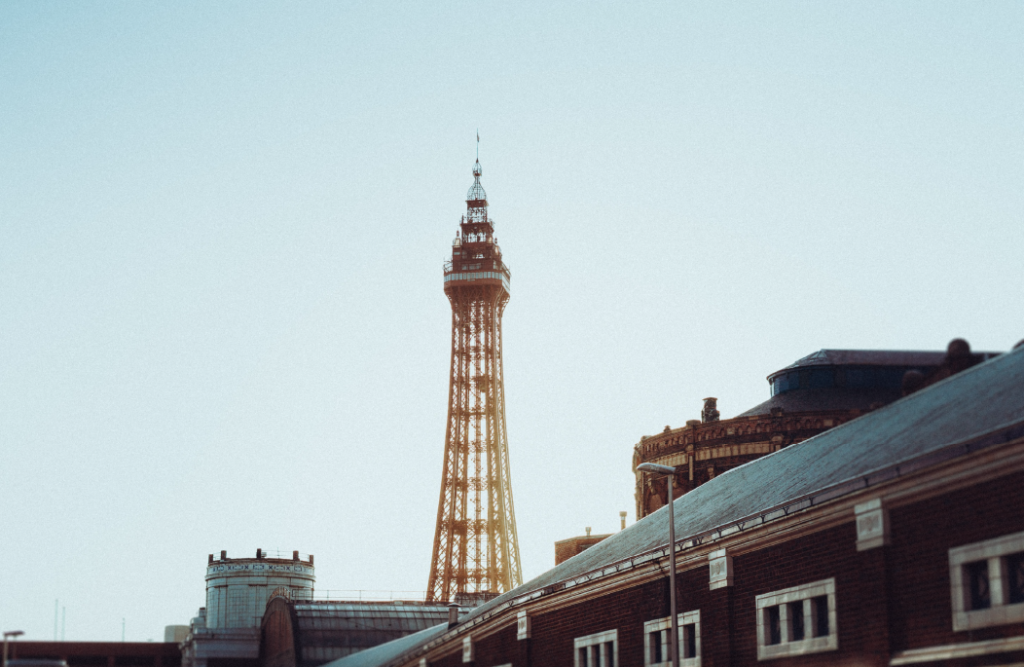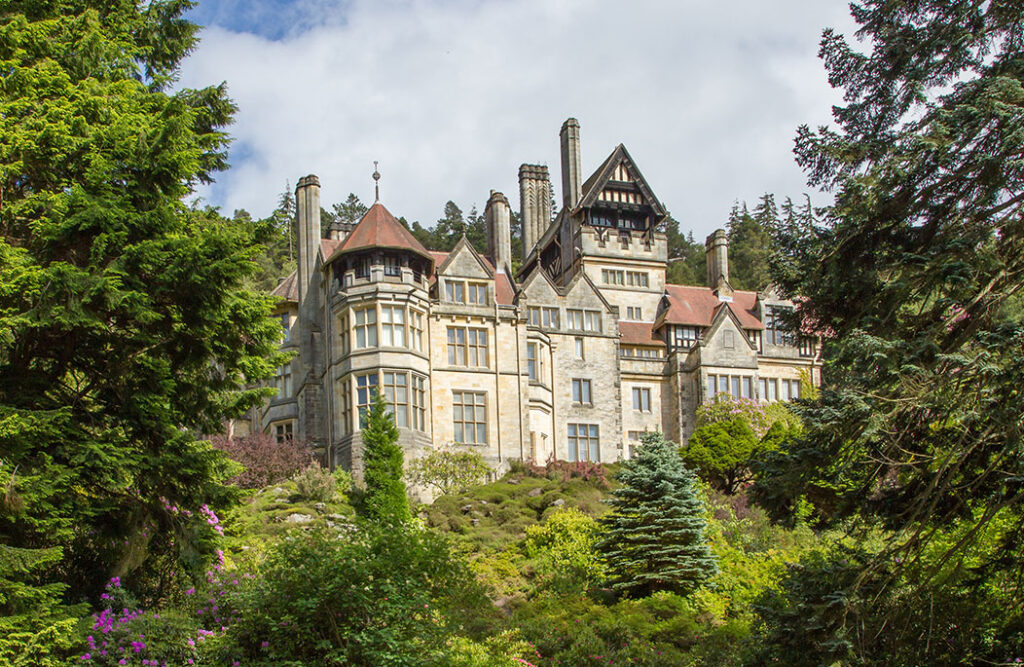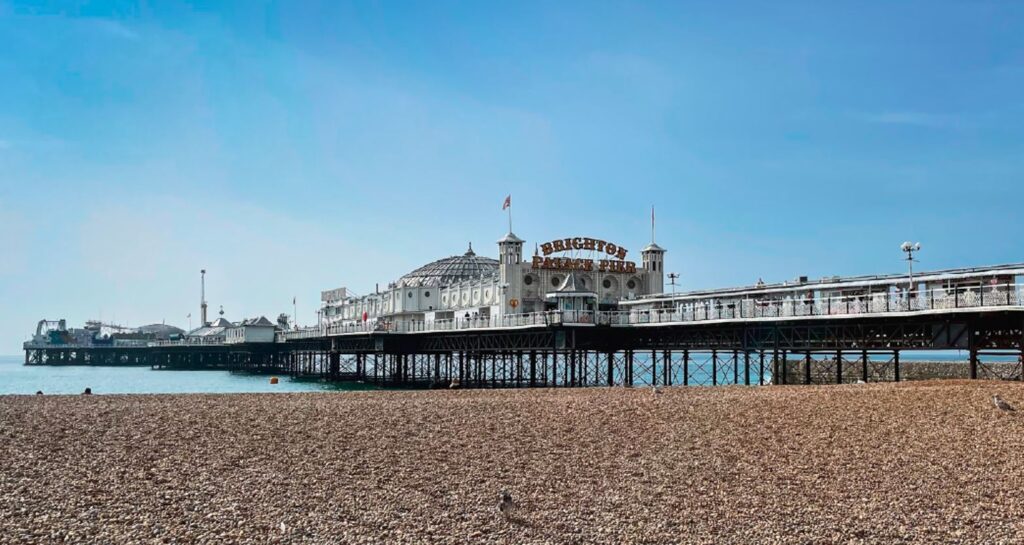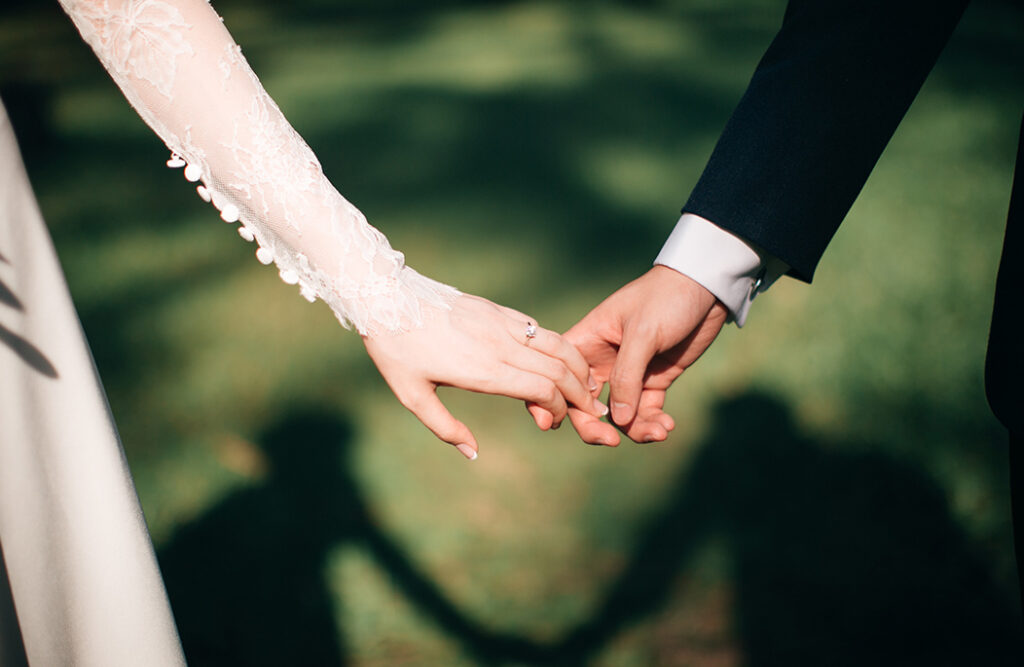If you live in a Victorian house, you’ve got the perfect backdrop for some Victorian Christmas decorations.
So many of the Christmas traditions that we know and love today were born in the Victorian era – everything from the Christmas tree to our penchant for dressing the home in deep greens and rich reds. Even the swapping of festive greetings cards was a product of Queen Victoria’s remarkable reign.
The Christmas tree was the focal point for any Victorian Christmas
The Christmas tree remains one of the focal points of the home during the Yule Tide. And, if you want to put on that Victorian style, the bigger and more verdant the tree, the better.
High ceilings were favoured in Victorian architecture, meaning that six foot trees were commonplace even in the most modest of Victorian-style houses.
The first Christmas tree was introduced into England in the early 19th century. It was 1841 when Prince Albert, husband of Queen Victoria, decorated a pine tree at Windsor Castle.
Christmas trees were already a regular feature in Germany. Having grown up in the German Confederation, Albert fondly remembered decorating Christmas trees with his family throughout his childhood, so he brought the tradition with him when he wedded Queen Victoria.
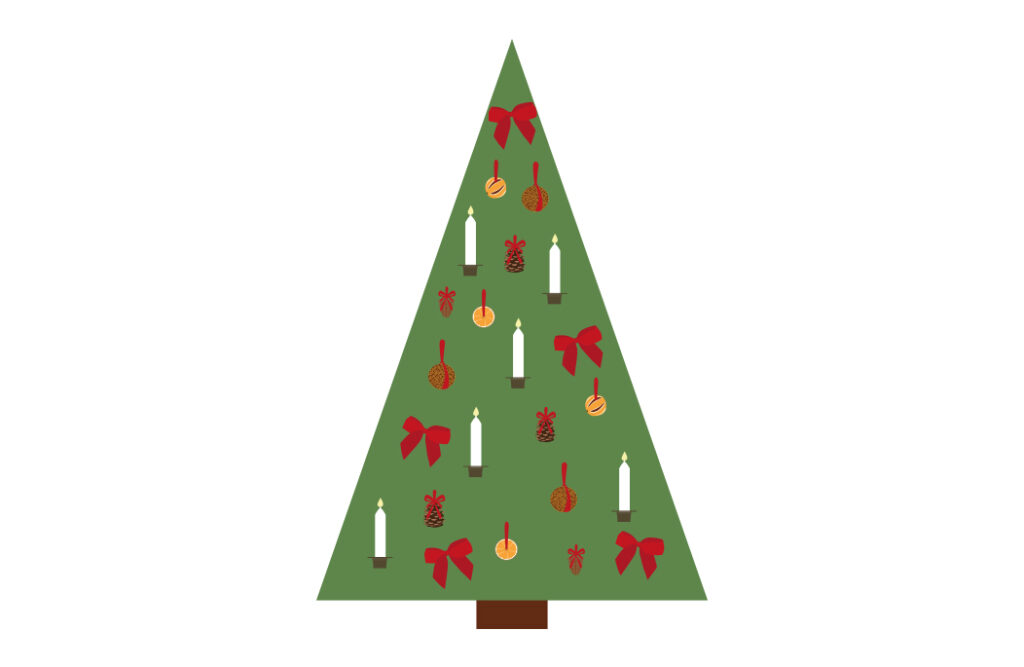
Decorating the Victorian Christmas tree
Following the royal household’s lead, it quickly became a Victorian Christmas tradition and the height of fashion to set up a large tree and decorate it with lighted candles, sweet treats, fruit, nuts and cakes hung from the branches by ribbon.
If candles are to be used for tree decorating nowadays, they should remain unlit because of the fire hazard, but a wide variety of candle-like fairy lights are available to give your tree that Victorian look.
Tree decorations were invariably homemade until hand-crafted glass balls became available in the 1860s. Around the same time, manufacturers started producing angels and other figures from the Nativity.
No Victorian Christmas home was complete without a Nativity scene set out beneath the branches of the tree or on a prominent window sill.
How to channel Victorian Christmas style in your home
Nowadays, you may prefer to listen to a Michael Buble Christmas mix imploring you to “Have a Merry Little Christmas” for your entertainment, but many a Victorian home had a piano or an organ in the corner of the room. At Christmas, Victorian families – both rich and poor – would stand around it to sing carols.
Popular carols from the era are still sung today. This included:
- Away in a Manger
- Deck the Halls
- God Rest Ye Merry Gentlemen
- Good King Wenceslas
- Hark the Herald Angels Sing
- Jingle Bells
- Oh Come All Ye Faithful
- Oh Little Town of Bethlehem
- Once in Royal David’s City
- Silent Night
- The 12 Days of Christmas
- We Wish You a Merry Christmas
Like the tree, a well dressed Victorian fireplace was an integral part of the Christmas celebration.
The custom of burning a yule log on Christmas Eve harks back to medieval times, but it was a tradition honoured and enjoyed by Victorians.
The mantelpiece above the fire would be decorated with more candles, a swag of berry-laden holly, evergreens, pine cones and sometimes Christmas stockings for the children.

Add some fake snow and other small decorations
A little fake snow artistically sprayed into the corners of windows can help enhance that Victorian Christmas feel (but over do it and it will look a little tacky!).
It didn’t snow every year at Christmas, but Victorian homes were often poorly heated and lacking in insulation, resulting in the single-pane Victorian windows tending to frost over – sometimes on the inside!
The tone for the home would be set by the decoration of the front door and every home – from Victorian terraced homes to Victorian mansions – would display a festive wreath presented with more holly and ribbons of red or a combination of red and green tartan.
Exchange and display Christmas cards
People began exchanging and displaying greetings cards at Christmas during the Victorian era too.
The first card was printed by John Calcott Horsley in 1843 and sent to his good friend Sir Henry Cole. The message in the card was simple and still used today: “Merry Christmas.”
Christmas card sending quickly became trendy and has since grown into a multi-million pound industry.
Victorians would often display the cards they had received by hanging them from ribbon that was pinned to picture rails.
No Christmas dinner table was complete without crackers
If there is one thing inseparable from a traditional Victorian Christmas, it is the Christmas cracker and no Christmas dinner table would be complete without them.
The original crackers were love tokens known as “kisses.” They were made from twisted coloured tissue paper and contained a sweet and a verse.
Tom Smith & Co. was the first company to start manufacturing crackers commercially in England. In 1891, his company manufactured almost 11 million in a single season.
The Victorian Christmas cracker, often decorated in crimson and gold or cream and silver, with its joke or limerick and small gift, quickly became a holiday tradition.

Cooking and potpourri were traditional in Victorian households
The rich aromas of Christmas were also important, even in poor Victorian houses.
While the cooking did a magnificent job of scenting the home on Christmas Day, during the days before and after, a festive potpourri could add to the atmosphere.
To make a Victorian potpourri, combine a generous helping of dried orange slices with a handful of small pine cones, whole cinnamon sticks and half-dozen star anise in a bowl. It smells warm and spicy and a little like Christmas pudding – yummy!
Mistletoe was an important aspect of Christmas too, but Victorians made mistletoe balls from pliable evergreen branches and mistletoe that were decorated with scented herbs and foliage.
These were also known as “kissing balls” and, as the name suggests, they gave hosts the opportunity to sneak a kiss with any unsuspecting visitor that caught their eye after going over the Victorian threshold.
Want to know more about the Victorian era?
Download our free guide to help you live like a Victorian. The guide contains Victorian houses facts, tips on how to make the most of your Victorian house features, explains the difference between Edwardian and Victorian houses, and offers advice on where to find Vicroriana trinkets, fixtures and fittings with which to adorn your home.
Looking to insure your Victorian Home?
Adrian Flux is a specialist insurance compnay offering bespoke cover for all period and Victorian homes. Call 0800 369 8590 got a fast and hassle-free quote.
Our home insurance customers saved an average of 31% in 2021 when taking out a policy with us. See how much you could save by giving us a call.
download the full victorian homes ebook
Download Victorian Homes, a free ebook created by Adrian Flux insurance services. It is full of Victorian house facts, tips on how to create a Victorian style house — even if you live in a new-build home — and advice on where to source original Victorian and reproduction fixtures, fittings, furniture, accessories and art.


